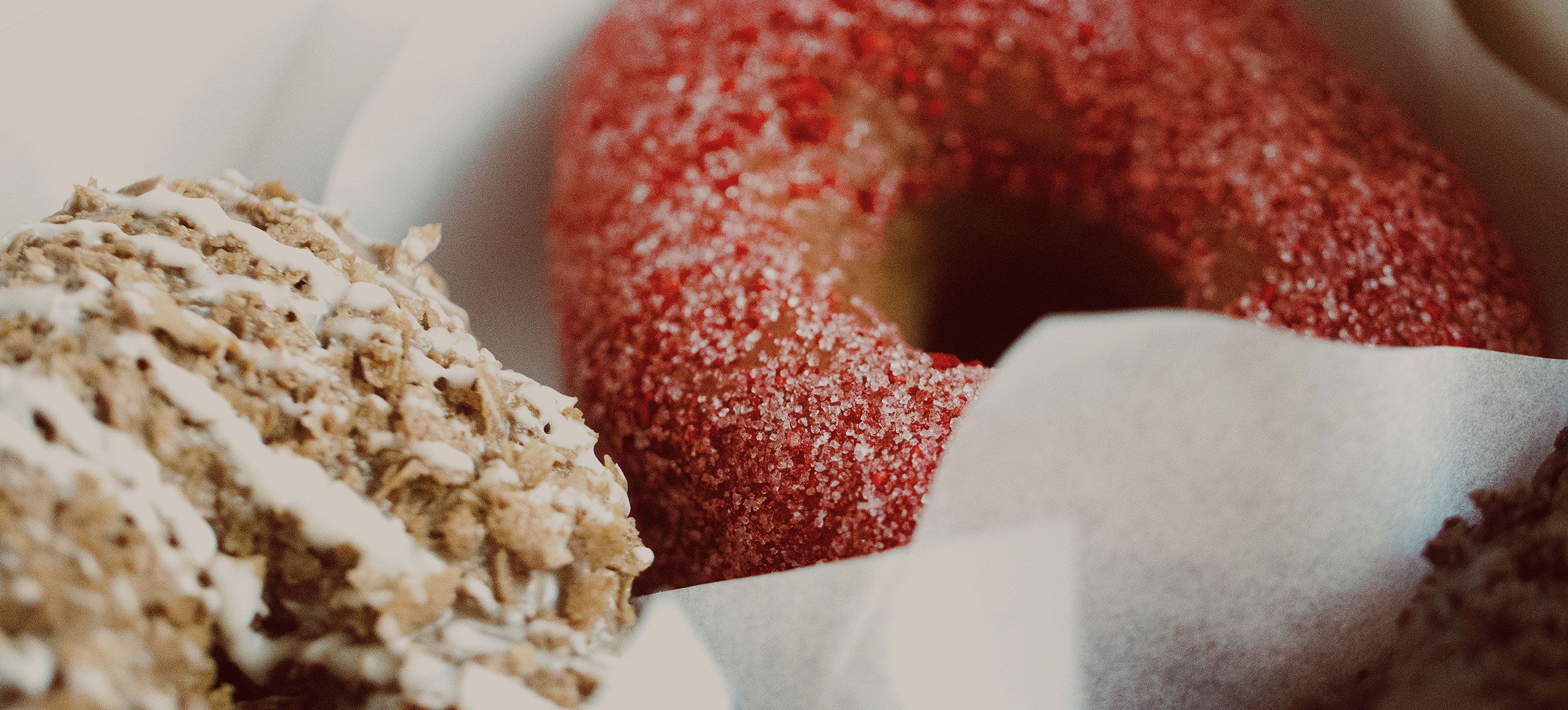
03 Nov Type 1 Diabetes Mellitus vs Type 2 Diabetes Mellitus
Diabetes means “to siphon or to flow through,” and was a term created for a disease in which the water that a person drinks runs rapidly through his or her body. The term mellitus means “sweet as honey” and is used to describe the sweetness of the urine. Although diabetes has been called “sugar diabetes” for many years, it is important to know that eating sugar does not directly cause it.
There are two types of diabetes; Type 1 and Type 2. The main difference being that Type 1 diabetes happens when your body’s immune system destroys the insulin producing beta-cells in the pancreas, whereas Type 2 diabetes is often the result of a combination of factors, including genetics and lifestyle.
Below is a short summary on other differences:
Type 1
- Accounts for about 10% of diabetes cases
- Characterised by a partial or total failure of insulin production because of destruction of the pancreatic beta cells
- Usually has an autoimmune basis
- Usually develops suddenly in children or adults under 40 years, although can occur at any age
- Always requires treatment with insulin
- These people are usually lean and, without insulin, would go into a diabetic coma within a day or two.
Type 2
- Accounts for at least 85-90% of diabetes cases
- Results from a relative deficiency of and/or insensitivity to insulin. (When insulin is produced but not used properly ” “insulin resistance”)
- Onset of T2DM if often asymptomatic and can remain undetected for years
- Lifestyle measures may be enough to control T2DM or at least lengthen time before requiring medication
- Most patients will need medication – oral hypoglycaemic drugs – either increase insulin production or enhance insulin’s effectiveness
- Most people with type 2 diabetes are overweight and more than 30 years old when diagnosed
Both Type 1 and Type 2 diabetes are chronic, life threatening diseases that require regular monitoring and control. Symptoms of Diabetes includes:
- Excessive thirst
- Polyuria (frequent urination)
- Slow healing
- Infections
- Blurred vision
- Tiredness or lack of energy
- Unexplained weight loss (T1DM)
Although Type 1 is not preventable at this stage here are some tips on avoiding or improving Type 2:
- Adjusting your food, physical activity, and medication (if any) to bring your blood-sugar levels to near normal ranges can help you avoid or delay complications.
- Eat more fresh (or frozen) vegetables and fruit daily.
- Eat more greens daily
- Drink more water
- Never skip a meal
- Eat an egg. It’s a perfect food.
- Swap out your regular vegetable oil for olive or coconut oils
- Stop eating processed foods
- Use herbs and spices instead of salt and fat – We love Mingle seasoning
- Stop smoking to improve your sense of taste and smell – if you smoke
- Contact us at The Chief Life for a customized meal plan to help you improve your health and energy levels!
